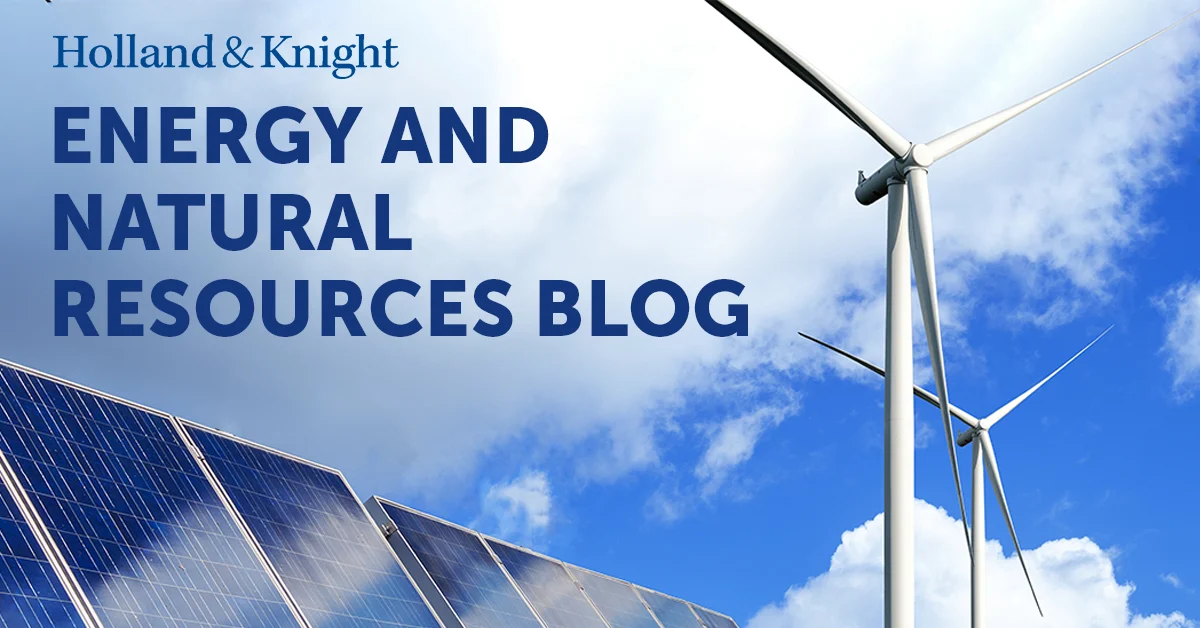Clean Air Act Rulemakings Don't Follow the Normal Rules – Just Ask the Supreme Court

Every law student learns that the Administrative Procedure Act (APA) outlines the default rules for how federal agencies propose and finalize regulations and how courts review them. But for many significant actions under the Clean Air Act (CAA), it's a different story entirely. Section 307 of the CAA establishes a separate, uniquely complex set of procedures governing rulemaking and judicial review.
The CAA's procedural rules will have an outsize influence on U.S. Environmental Protection Agency (EPA) Administrator Lee Zeldin's deregulatory agenda. As Holland & Knight previously covered, Zeldin has announced his intentions to undertake 31 distinct actions in an effort to advance President Donald Trump's day one executive orders (EOs) to "unleash American energy, revitalize the auto industry, restore the rule of law, and give power back to states." But nearly half of those 31 actions fall under the CAA, including efforts to revisit the national ambient air quality standards (NAAQS), new source performance standards (NSPS) for the oil and gas sector, and various national emission standards for hazardous air pollutants (NESHAPs). Accordingly, for many of the expected EPA rulemakings, the governing framework will be CAA Section 307, not the APA.
Venue Fights
The relevance of Section 307 was underscored last week when the U.S. Supreme Court heard arguments in two CAA cases: EPA v. Calumet Shreveport Refining and Oklahoma v. EPA. The cases involved challenges to EPA actions taken under two very different programs – the Renewable Fuel Standard (in Calumet) and the "Good Neighbor" provisions for interstate air pollution (in Oklahoma). But the merits of EPA's actions weren't before the Court. Instead, the justices grappled with the CAA's venue provision under Section 307(b) – a verbally dense provision described as "very complicated" by Justice Kentanji Brown Jackson and "difficult to apply in a coherent way" by Justice Brett Kavanaugh. Under that provision, some challenges to CAA actions are channeled to the U.S. Court of Appeals for the District of Columbia Circuit, while others are sent to regional circuit courts of appeal.
As Justice Samuel Alito described it during the Calumet oral argument, these venue battles can be seen as contests over "home court advantage." EPA often wants venue centralized in the D.C. Circuit to avoid circuit splits and take advantage of that court's extensive body of law on CAA rulemaking issues. Regulated entities often prefer venue in their own circuit court, believing their local circumstances will receive more considerate attention there.
Although the Court is expected to clarify Section 307's venue requirements this summer, the broader takeaway is clear: An understanding of the CAA's procedural rules can be critical to regulatory and litigation success.
Rulemaking Procedures
Other parts of Section 307's unique rules will surely be top of mind for EPA as it embarks on the administration's multifront deregulatory agenda. Critically, CAA Section 307(d) substitutes special rulemaking procedures for those ordinarily found under APA. These unique requirements apply to a wide range of rules, including many involving the NAAQS, federal implementation plans (FIPs), the Subpart OOOOb NSPS for oil and gas, and NESHAPs such as the Mercury and Air Toxics Standard.
Critically, the procedural requirements under Section 307(d) are different and more demanding of EPA than the typical APA requirements. Under Section 307(d), EPA must issue a proposed rule with a detailed "statement of basis and purpose" that explains the factual data underlying the rule, the methodology used to obtain and analyze that data and the legal interpretations and policy considerations at play. EPA must also disclose any "pertinent" findings or recommendations from its Clean Air Scientific Advisory Committee (CASAC) or the National Academy of Sciences, and also explain any divergence from those entities' positions.
Section 307(d) additionally imposes heightened public participation requirements. EPA must allow for oral testimony in many cases and respond in writing to each significant comment submitted. At the same time, the CAA imposes strict consequences for outside groups' failure to engage – issues not raised during the comment period are generally waived unless the objection was impracticable to raise earlier.
Finally, judicial review under Section 307(d) comes with tight timing and venue rules, far more rigid than the many years of leeway available under the APA.
Takeaway
For any entity affected by EPA rulemakings – whether in permitting, compliance or public policy – identifying whether a rule will be governed by Section 307 is critical. It changes the process, timeline and litigation posture. In short: This isn't just about preserving rights. It's about shaping the rule – and your legal position – before it's finalized.
